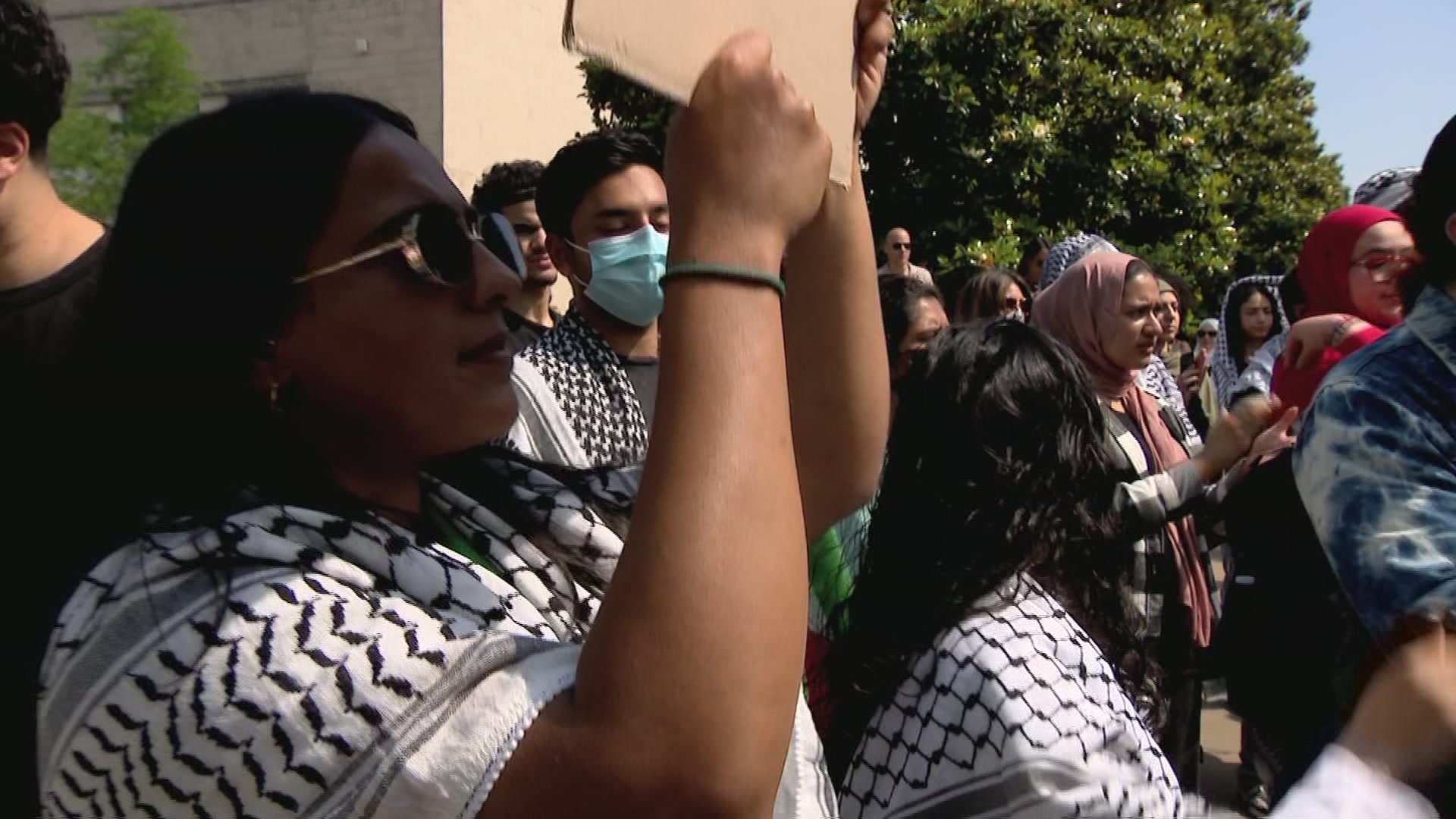The new coronavirus has been officially classified a pandemic. The World Health Organization made that determination Wednesday as COVID-19 has now spread worldwide.
Behind the scenes, doctors, scientists, medical professionals and so many others are working around the clock to not only contain the deadly virus, but also understand how we got to this point.
Dr. Joseph Fair, epidemiologist, virologist and NBC News Science Contributor, has been on the front lines when it comes to international outbreaks specializing in emerging viruses, such as SARS and Ebola. Fair has spent time working in Wuhan, China, the epicenter for COVID-19. He is also a Senior Fellow in Pandemic Policy at the Scowcroft Institute at Texas A&M University and is a Senior Fellow in Global Health at the Smithsonian Institution.
Fair broke down the science of the virus and the fight to stop it.
Where and how did COVID-19 start?
"It started in what we call a 'wet market.' You would it a 'wet market' in Asia, you'd call it a 'bushmeat market' in Africa," Fair said. "These are markets typically where have wildlife, livestock and humans in close proximity together. We know that's a recipe for a pandemic just from a historical precedence. That’s where SARS came from when it first emerged. That’s most often where Ebola will emerge from in Africa.
"Those kind of markets, which are very common throughout the world, are breeding grounds for epidemics and pandemics. We've been working there for years, myself included, in Wuhan amongst other places in China in those wet markets surveilling both those areas and the people who work in them to look for new and emerging viruses.
Local
The latest news from around North Texas.
"But in most cases, it was an astute physician that noticed that there was an abnormal number of pneumonia cases coming into Wuhan hospitals and he was treating them, but it seemed much more severe than the average pneumonia. It was Dr. Lee who unfortunately lost his life from the disease. But it’s always that front line health care worker who raises the flag and says that there is something out of the norm."
Who is most affected?
"80% of healthy individuals, based on data coming from China, because they have the majority of cases. If you are healthy and you are young and even if you’re a child, overwhelmingly you are fine. You are going to experience mild to moderate cold-like symptoms really. It is that 15 to 20th percentile with underlying conditions. It varies by which one you have. Anyone with heart disease, diabetes, a lowered immune system, maybe due to chemo or other treatments. Anyone with underlying and respiratory conditions are at higher risk.”
Why is social distancing a time to be vigilant, but not panic?
“When we are practicing this social distancing, it’s not to invoke panic or fear, it naturally does, but to calm everyone’s fears, the vast majority of us will be OK. These measures are taken because we want to prevent you from passing it on to someone who does have those underlying conditions. That’s why we don’t recommend reporting to an ER, because the vast majority of people who are there have one of those conditions. Sometimes we know this virus can be transmitted pre-symptomatically. Let’s say you’re feeling a little under the weather, but you don’t want that to ruin your holiday or spring break, so you still decide to go, you risk making other people sick. That’s exactly why we are implementing the social distancing measures."
Can it travel through the air? Is the air on an airplane safe?
"The only way you could get it through the air vent is if someone was infected with the virus, they coughed and have it on their hand and reach up and turn the air vent. Then you reach up to turn it on and it blows on to you. As far as it passing through the air. It’s not airborne. You have to come into direct contact with it. It’s not free-floating. Walking outside or walking through a hallway, you really have to come in direct contact with the known routes of transmission which is the mouth, nose and eyes."
Is there any indication this will be seasonal, like the flu?
"This is a new virus to science, but as you mentioned there are cases in the summer hemisphere which are in their summer months right now and they don't appear to have the explosive spread we have right now. It really doesn’t have anything to do with the warmth, but it has to do with the length of the day and the exposure to sunlight which inactivates the virus through UV light. We expect a dip in infections as we would see with the cold and flu in the spring and summer months. The science is still out. We can assume this will follow typical other coronavirus cases. We can expect a dip in the summer. But that doesn’t mean that we will be out of the woods. It will more than likely and everyone in the scientific and public health community expect it to be back in the fall and we expect to be in this for quite some time.”
Are there a lot more cases we just don’t know about?
"We have 1,000 cases that we know about [in the U.S]. We know that this virus infects two to three people per case. This is without broad testing rolled out. I can safely assume that each state in the union does now have COVID19, whether they know it or not.”
We are in this together.
“Even if you are in the low-risk category, you risk infecting people who are in the high-risk category. No one wants to lose a loved one if it can be prevented. So don’t panic. Don’t think this is the end of the world. I can say as a virologist and epidemiologist this is not the virus that is going to wipe out humanity, but I can't overemphasize the point that we need to take this seriously."



